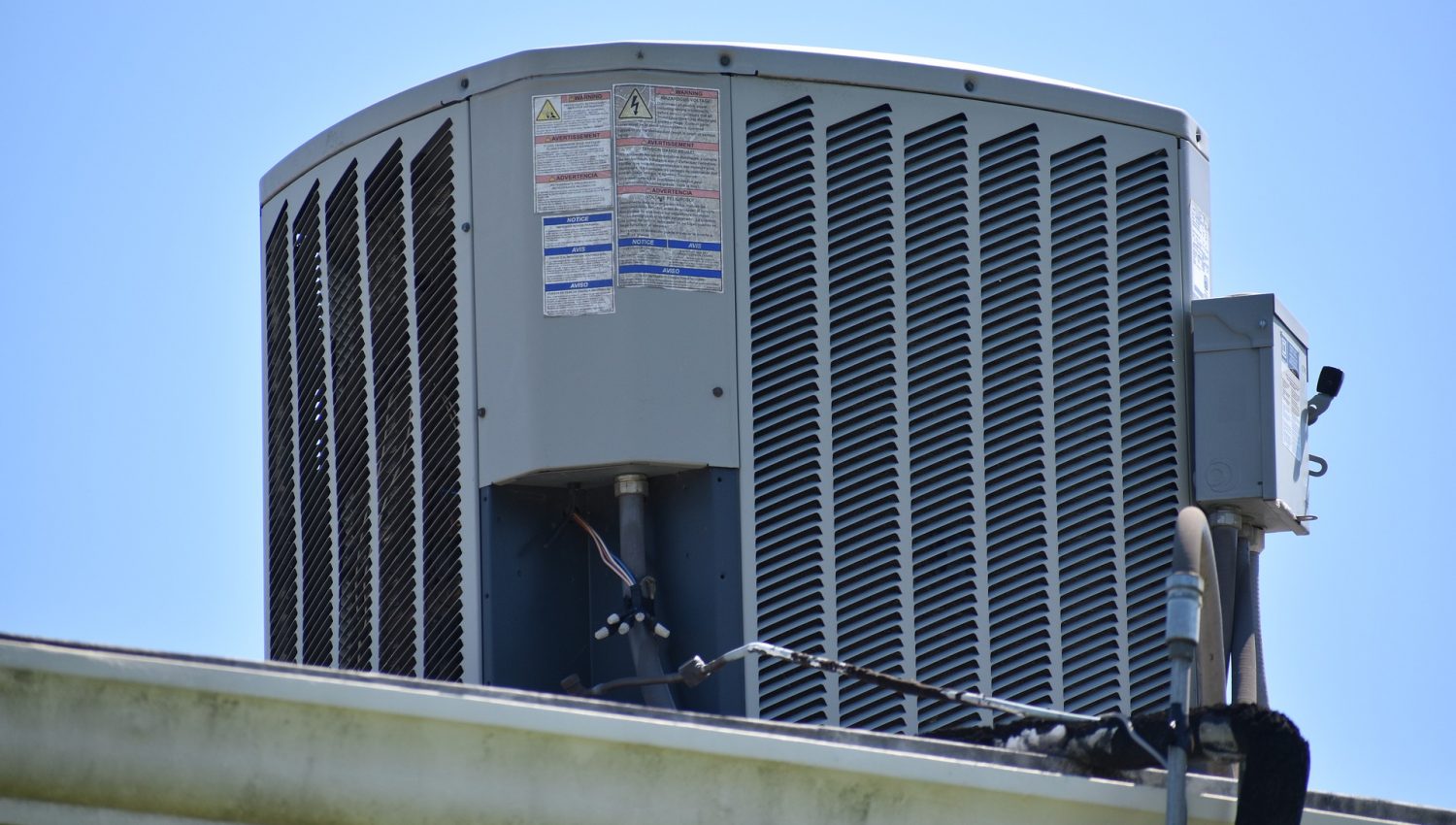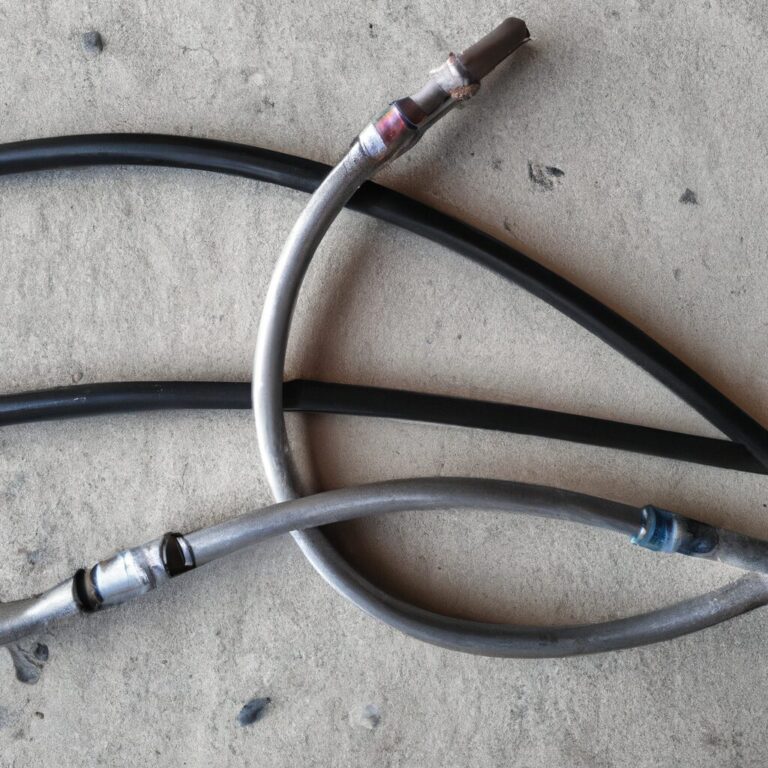How to Check the Refrigerant Level of an Ac
To check the refrigerant level of an AC, use a pressure gauge to measure the pressure in the system. Look for the recommended pressure range in the user manual.
Checking the refrigerant level of your AC is crucial for its optimal performance and efficiency. By following a few simple steps, you can ensure that your AC is operating at its best. Maintain your AC regularly to avoid any potential issues and to prolong its lifespan.
Regular maintenance also helps in reducing energy consumption and maximizing cooling performance. Let’s explore how you can easily check the refrigerant level of your AC unit.

Credit: andersonair.com
Why Checking The Refrigerant Level Is Important
Checking the refrigerant level of your AC is crucial for its efficient performance and longevity. Inadequate refrigerant can lead to decreased cooling performance, increased energy consumption, and potential damage to the AC system. Regularly monitoring and maintaining the refrigerant level helps ensure that your AC operates at its optimum level, providing you with a comfortable indoor environment while also prolonging the lifespan of the unit.
Ensures Proper Cooling
Maintaining the proper refrigerant level is essential for achieving optimal cooling. When the refrigerant level is low, the AC may struggle to cool the indoor air effectively, leading to discomfort and reduced air quality. By checking and refilling the refrigerant as needed, you can ensure that your AC delivers consistent and efficient cooling performance, keeping your living or working space comfortable even on the hottest days.
Prevents Damage To The Compressor
Low refrigerant levels can cause the compressor to work harder, leading to potential damage and breakdown. A compressor that operates with insufficient refrigerant may experience overheating, increased wear and tear, and ultimately a shorter lifespan. Regularly checking and maintaining the refrigerant level helps prevent compressor damage, extending the longevity of your AC system.

Credit: www.youtube.com
Gather The Necessary Tools
Before checking the refrigerant level of your AC, ensure you have the necessary tools on hand to perform the task accurately.
Safety Equipment
- Protective gloves
- Safety goggles
Pressure Gauge
Utilize a pressure gauge to measure the refrigerant pressure inside the AC unit.
Thermometer
Use a thermometer to check the temperature of the AC system to determine if the refrigerant level is sufficient.
Locate The Service Valve
To properly check the refrigerant level of your AC, you need to locate the service valve. These valves are essential access points for gauging and adjusting refrigerant levels.
Find The Low-pressure Service Valve
The low-pressure service valve on your AC system is typically located on the larger of the two refrigerant lines. This valve is crucial for measuring and topping up the refrigerant level.
Find The High-pressure Service Valve
The high-pressure service valve can usually be found on the smaller refrigerant line. This valve is essential for ensuring that your AC unit operates efficiently and effectively.
Prepare The Ac Unit
Before you can check the refrigerant level of your AC, it’s important to properly prepare the unit. Doing so ensures accurate results and a safe working environment. Here’s how to prepare your AC unit for checking the refrigerant level:
Turn Off The Ac Unit
Before beginning any maintenance on your AC unit, it’s essential to turn off the system to prevent accidental injury. Locate the power switch or circuit breaker and switch it off to cut off the power supply to the unit. Ensure the unit is completely powered down before proceeding.
Clean The Surrounding Area
Next, take the time to clean the area around the AC unit. Remove any debris, leaves, or obstructions from the immediate vicinity. Clearing the space around the unit allows for better access and prevents any interference during the refrigerant level check.
Check The Refrigerant Level
To check the refrigerant level of an AC, follow these steps: turn off the AC, locate the service valve, attach a pressure gauge, and compare the readings to the manufacturer’s specified range. If the refrigerant level is too low, it may require a professional technician to recharge the AC system.
Introductory Paragraph:
Checking the refrigerant level is an important part of maintaining your air conditioner’s performance and efficiency. A proper refrigerant level ensures that your AC system can effectively cool your home, saving you both energy and money. In this section, we will guide you through the step-by-step process of checking the refrigerant level in your AC unit. With these simple instructions, you can ensure that your air conditioner is running at its best.
Attach The Pressure Gauge
Before you can check the refrigerant level, you will need to attach a pressure gauge to your AC unit. The pressure gauge allows you to measure the amount of refrigerant in the system. Start by locating the service valve ports on your air conditioner. Attach the low-pressure gauge’s hose to the larger service valve port, usually marked as “suction” or “low pressure.” Then, attach the high-pressure gauge’s hose to the smaller service valve port, marked as “discharge” or “high pressure.” Make sure the connections are secure.
Read The Pressure
Once the pressure gauge is properly attached, it’s time to read the pressure. Turn on your air conditioner and let it run for a few minutes to stabilize. After that, look at the pressure reading on the gauge. The low-pressure gauge should indicate the suction pressure, while the high-pressure gauge should display the discharge pressure. Take note of the readings.
Check The Temperature
Next, you need to check the temperature of the refrigerant line. Locate the refrigerant line near the condenser unit or evaporator coil. Use a thermometer or an infrared temperature gun to measure the temperature of the refrigerant line. Write down the temperature reading as it will be needed in the next step.
Compare With Manufacturer’s Recommendations
Now it’s time to compare the pressure readings and temperature with the manufacturer’s recommendations for your specific AC unit. Check the manufacturer’s manual or look for the recommended pressure and temperature ranges online. Compare the actual readings from the pressure gauge and the temperature measurement to the recommended values. If the readings are within the acceptable range, then your refrigerant level is most likely adequate. However, if the readings are outside the recommended range, it may indicate a potential issue with the refrigerant level, and you should consider contacting a professional HVAC technician.

Credit: www.myhomeenergyct.com
Frequently Asked Questions On How To Check The Refrigerant Level Of An Ac
How Do I Know If My Ac Is Low On Refrigerant?
You can tell if your AC is low on refrigerant if it takes longer to cool, there is reduced airflow, or if you hear hissing noises. Also, check for ice buildup on the refrigerant lines. A professional HVAC technician can also perform a pressure test to confirm.
How Do I Check My Home Ac Refrigerant Level?
To check your home AC refrigerant level, hire a professional technician to perform an inspection using specialized tools.
How Do I Check My Ac Refrigerant Pressure?
To check AC refrigerant pressure, connect a gauge to low-pressure port with the AC running. Compare pressure readings to manufacturer’s specs.
How Do You Know How Much Refrigerant Is Put Into An Ac System?
To determine the amount of refrigerant, use a refrigerant scale or measure the amount evacuated.
How Do I Know If My Ac Needs Refrigerant?
If your AC is blowing warm air, it may need more refrigerant. Contact a professional for an inspection.
Can I Check The Refrigerant Level Myself?
Checking the refrigerant level requires specialized tools and knowledge. It’s best to hire a professional technician.
What Are The Signs Of Low Refrigerant In An Ac?
Low refrigerant can cause reduced cooling performance, icy coils, and frequent cycling. Call a technician if you notice these symptoms.
Conclusion
Checking the refrigerant level of your AC is crucial for its optimal performance. By following these simple steps, you can ensure that your system is running efficiently and effectively. Regular maintenance will not only extend the lifespan of your unit but also save you money in the long run.
Stay tuned for more tips and tricks on our blog!

